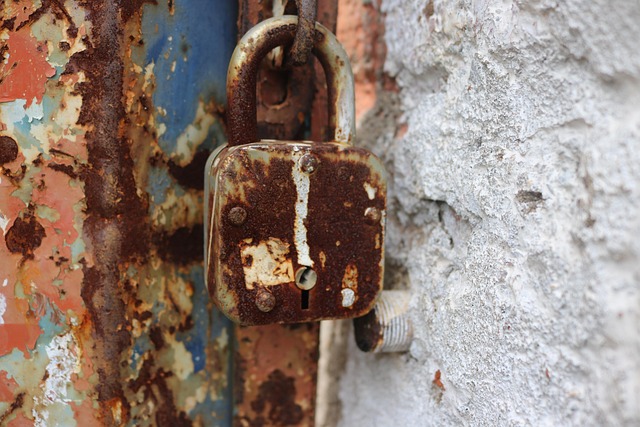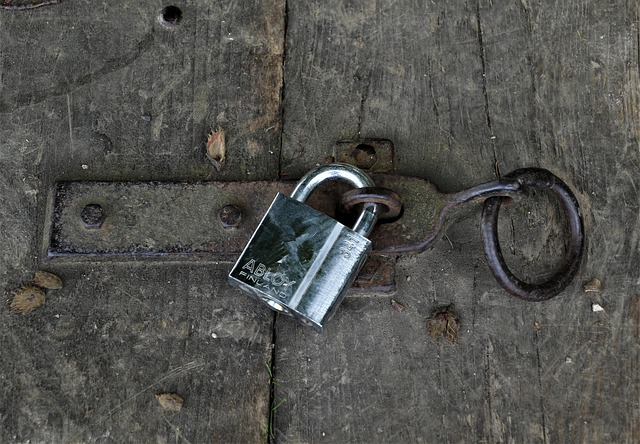Advanced sensor technology, particularly integrated fire and CO2 sensors in smart locks for city apartments, is transforming urban safety management. These innovations enable real-time monitoring, quick emergency responses, and data-driven risk mitigation, enhancing both fire safety and indoor air quality. Accessibility, user-friendliness, and interconnection with home automation networks are key to successful implementation, providing residents with peace of mind within their smart home ecosystems. The future of urban safety lies in leveraging these smart lock solutions for proactive hazard management and remote access control.
“Urban safety is a complex challenge, especially with growing urbanization. This article explores integrated fire and CO2 sensors as a comprehensive solution for enhancing urban safety, focusing on city apartment buildings. Smart technology, including innovative sensors and IoT connectivity, plays a pivotal role in early detection and response to fires and hazardous CO2 levels. By examining the benefits and implementation strategies of these systems in apartments, we highlight their potential to revolutionize building safety alongside emerging innovations like smart locks.”
- Understanding Urban Safety Challenges and the Role of Smart Technology
- Integrated Fire and CO2 Sensors: A Comprehensive Solution
- Benefits and Implementation Strategies for City Apartments
- Future Prospects and Innovations in Smart Building Safety Systems
Understanding Urban Safety Challenges and the Role of Smart Technology

Urban safety challenges are multifaceted, especially in densely populated areas where quick response times and comprehensive monitoring are crucial. With cities becoming smarter, integrating advanced technology like fire and CO2 sensors is a game-changer. These smart locks for city apartments and connected devices play a pivotal role in enhancing urban safety. By seamlessly integrating with existing infrastructure, they enable real-time monitoring of critical parameters such as smoke and carbon dioxide levels, ensuring prompt action during emergencies.
Smart technology offers an opportunity to transform the way cities manage safety. It enables efficient navigation through complex urban landscapes, where sensors act as the eyes and ears, providing data that can be analyzed to predict and mitigate risks. This proactive approach not only saves lives but also minimizes damage to property, making urban environments safer and more resilient for residents.
Integrated Fire and CO2 Sensors: A Comprehensive Solution

Integrated Fire and CO2 sensors offer a comprehensive solution for enhancing urban safety, particularly within city apartments equipped with smart locks. These advanced devices combine the detection of both fire and carbon dioxide (CO2) into a single, compact system. By seamlessly integrating these sensors, buildings can achieve a higher level of security and environmental monitoring.
For instance, in case of a fire, the sensor swiftly identifies the emergency and alerts occupants through smart locks, enabling prompt evacuation. Simultaneously, it measures CO2 levels to ensure the safety of residents’ escape routes and prevent any potential asphyxiation hazards caused by smoke inhalation. This dual functionality makes integrated sensors invaluable for modern urban living, enhancing both fire safety and indoor air quality.
Benefits and Implementation Strategies for City Apartments

Integrated fire and CO2 sensors offer a multi-faceted approach to enhancing urban safety, particularly in densely populated areas like city apartments. By seamlessly integrating these sensors within smart lock systems, residents can enjoy enhanced peace of mind. The smart locks for city apartments serve as a central control point, allowing users to monitor not only access but also potential hazards like fires and carbon monoxide buildup. This holistic approach ensures that apartment dwellers are alerted promptly to any dangerous situations, enabling swift evacuation or appropriate response measures.
Implementation strategies for these integrated systems should focus on accessibility and user-friendliness. Wireless connectivity options ensure easy installation and maintenance, while mobile app interfaces provide real-time data visibility. Additionally, interconnection with existing home automation networks can offer centralized control and automation features, allowing users to integrate fire and CO2 monitoring into their overall smart home ecosystem. This holistic approach not only simplifies management but also reinforces the safety net for city apartment residents.
Future Prospects and Innovations in Smart Building Safety Systems

The future of urban safety lies in the integration of advanced sensor technology and intelligent systems within smart buildings. As we move towards smarter cities, the demand for seamless security solutions is on the rise, especially for city apartments where remote access and management are essential. One promising innovation is the development of integrated fire and CO2 sensors that can be seamlessly incorporated into these smart locks for city apartments. These sensors offer a comprehensive approach to safety by not only securing entry points but also monitoring potential hazards within the living space.
With real-time data and advanced analytics, future building safety systems will enable proactive responses to emergencies. This includes faster detection of fires or leaks and more efficient evacuation processes. The integration of smart locks with these sensors can facilitate remote access control, allowing property managers or residents to monitor and secure apartments from anywhere, enhancing overall urban safety and convenience.
Integrated fire and CO2 sensors represent a significant step forward in urban safety, offering a comprehensive solution that addresses both critical aspects of building security. By leveraging smart technology, cities can enhance their residents’ well-being and improve emergency response times. The implementation of these sensors, especially in city apartments equipped with smart locks, promises a safer and more efficient urban environment. As we look to the future, continuous innovations in smart building safety systems will further solidify their role as essential components in modern urban living.
